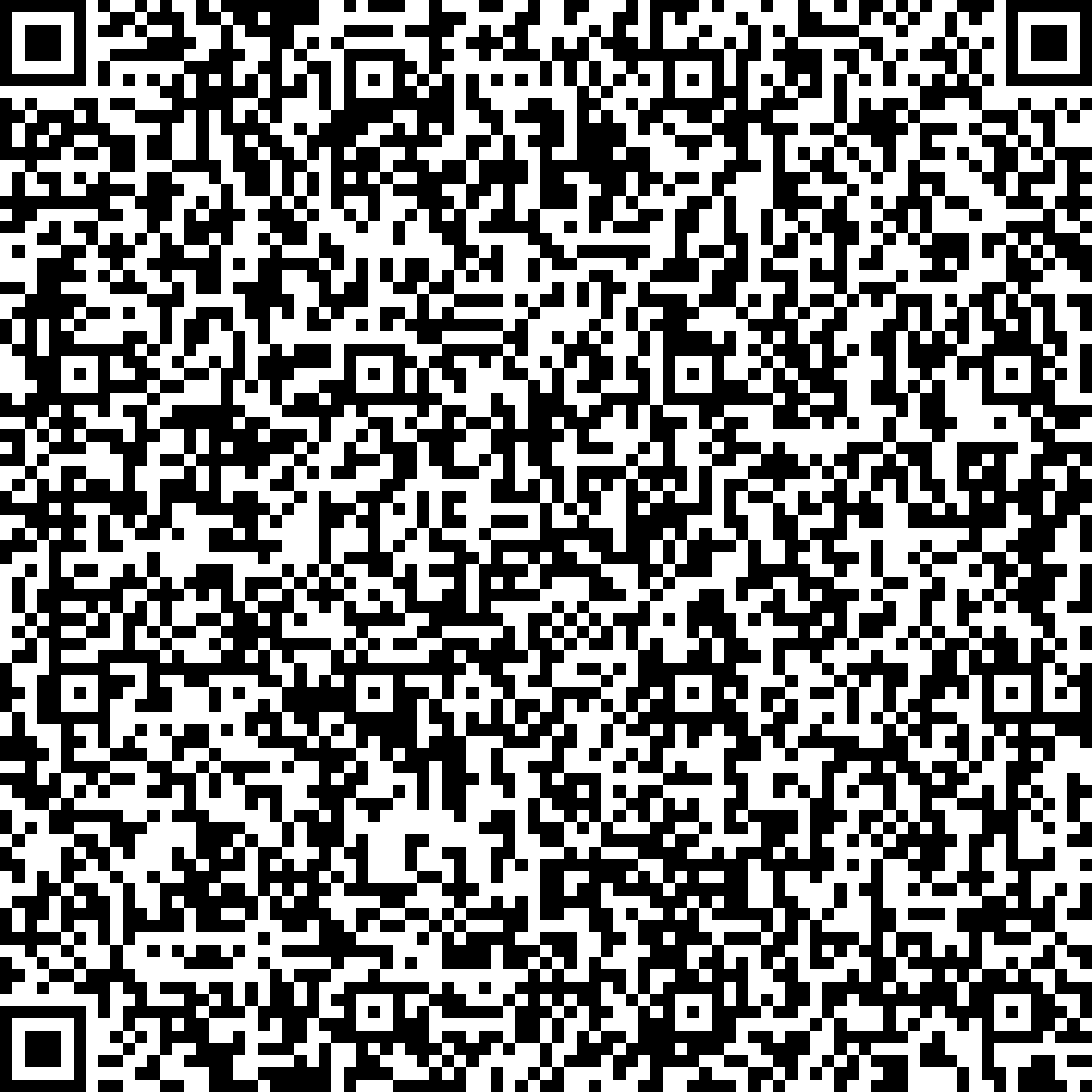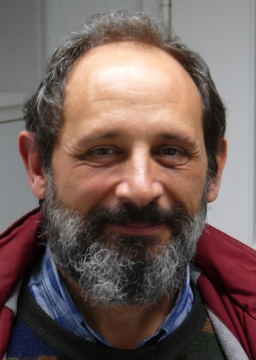


Since ancient times, phase transitions have nurtured both technological and scientific progress, but only in the last century has it become clear that phase transitions occur when the relevant free energy is non-analytic on some controlled thermodynamic variables such as the temperature. However, it has been a great challenge to show how this collective behavior emerges from the fundamental interactions governing microscopic variables. As occurs with the Fermi Golden Rule [1], one condition to obtain the discontinuous behavior is the proper evaluation of a classical or quantum thermodynamic limit: the number of degrees of freedom and a time scale go to infinity in a sequential order. We show that in presence of an environment, the oscillatory dynamics of a quantum two-level system, in analogy with a classical damped oscillator, can undergo a quantum dynamical phase transition to a non-oscillatory phase [2]. This is obtained from a very simple form of a self-consistent (Dyson) equation that describes the evolution of a density excitation [3]. I argue that each side of the transition implies different paradigms.
According to its characteristics, an oscillator can be in Aristotle's ideal universe, where friction is the dominant effect, or in a world ruled by Newton's laws, where the inertia is the dominant concept and friction is a correction. In consequence, paradigm incommensurability, as defined by Thomas Kuhn, obtains a sound mathematical justification as a consequence of the non-analyticity of the observables. Under this perspective one can understand other classical polemics in physics, as that between Boltzmann and Poincare/Zermelo or that between Boltzmann and Loschmidt. A strong case is made on the need to deepen the public's intuition and understanding on the abrupt transition from static to dynamical friction regimes [4].
[1] Non-Markovian decay beyond the Fermi Golden Rule: Survival Collapse of the polarization in spin chains. E. Rufeil Fiori and H. M. Pastawski Chem.Phys.Lett., 420, 35-41 (2006)
[2] Environmentally induced quantum dynamical phase transition in the spin swapping operation G. A. ülvarez, E. P. Danieli, P. R. Levstein, and H. M. Pastawski J. Chem. Phys. 124, 1 (2006)
[3] Quantum dynamical phase transition in a system with many-body interactions E. P. Danieli, G. A. ülvarez, P. R. Levstein and H. M. Pastawski Sol. St. Comm. 141, 422 (2007)
[4] Revisiting the Fermi Golden Rule: Quantum dynamical phase transition as a paradigm shift H. M. Pastawski Phys. B 398 278 (2007)



Since ancient times, phase transitions have nurtured both technological and scientific progress, but only in the last century has it become clear that phase transitions occur when the relevant free energy is non-analytic on some controlled thermodynamic variables such as the temperature. However, it has been a great challenge to show how this collective behavior emerges from the fundamental interactions governing microscopic variables. As occurs with the Fermi Golden Rule [1], one condition to obtain the discontinuous behavior is the proper evaluation of a classical or quantum thermodynamic limit: the number of degrees of freedom and a time scale go to infinity in a sequential order. We show that in presence of an environment, the oscillatory dynamics of a quantum two-level system, in analogy with a classical damped oscillator, can undergo a quantum dynamical phase transition to a non-oscillatory phase [2]. This is obtained from a very simple form of a self-consistent (Dyson) equation that describes the evolution of a density excitation [3]. I argue that each side of the transition implies different paradigms.
According to its characteristics, an oscillator can be in Aristotle's ideal universe, where friction is the dominant effect, or in a world ruled by Newton's laws, where the inertia is the dominant concept and friction is a correction. In consequence, paradigm incommensurability, as defined by Thomas Kuhn, obtains a sound mathematical justification as a consequence of the non-analyticity of the observables. Under this perspective one can understand other classical polemics in physics, as that between Boltzmann and Poincare/Zermelo or that between Boltzmann and Loschmidt. A strong case is made on the need to deepen the public's intuition and understanding on the abrupt transition from static to dynamical friction regimes [4].
[1] Non-Markovian decay beyond the Fermi Golden Rule: Survival Collapse of the polarization in spin chains. E. Rufeil Fiori and H. M. Pastawski Chem.Phys.Lett., 420, 35-41 (2006)
[2] Environmentally induced quantum dynamical phase transition in the spin swapping operation G. A. ülvarez, E. P. Danieli, P. R. Levstein, and H. M. Pastawski J. Chem. Phys. 124, 1 (2006)
[3] Quantum dynamical phase transition in a system with many-body interactions E. P. Danieli, G. A. ülvarez, P. R. Levstein and H. M. Pastawski Sol. St. Comm. 141, 422 (2007)
[4] Revisiting the Fermi Golden Rule: Quantum dynamical phase transition as a paradigm shift H. M. Pastawski Phys. B 398 278 (2007)